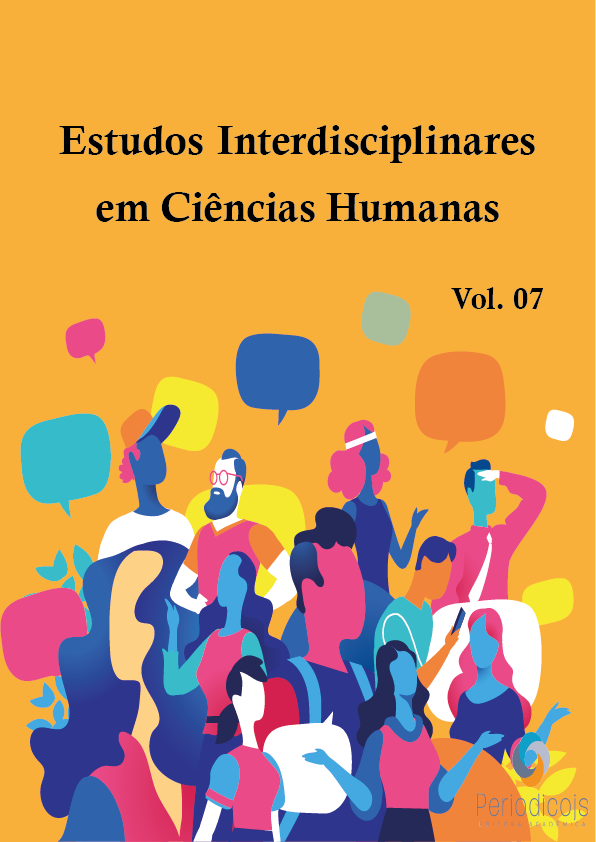Abstract
The main objective of this study is to apply the pedagogy of dance for the motor development of the students of the Basic School 1017 Virgen de Fátima, with a mixed methodological design, with a qualitative and quantitative approach, with data collectors from observation, survey and interview, the unit of analysis is made up of students randomly selected from preschool and first cycle. The results show that it provided a positive change for the selected students at the physical level, in addition to the emotional level, in the field of study, where the students were observed, the teachers were guided and dance practices were taught through games in short sequences. accompanied by music. In addition, it can be affirmed that the pandemic situation created new ways of working in the educational field. Undoubtedly, in dance there are multiple opportunities to establish innovative and creative strategies as a teaching mechanism that is effective not only for the benefit of the child, but also allows them to collaborate with society, taking into account that the achievement of it would significantly reduce the problems, thus concluding the initial strategy is achieved successfully, a planning of the activities, the resources, and the necessary materials for the development of dance classes were followed, the teachers could be the promoters of this type of art in the development of the motor skills of their students .
References
Argentina. Ministerio de Educación. (2011) Juego y Educación Inicial. http://portal.educ.ar/debates/protagonistas/2Juego%20y%20EducacionInicial.pdf
Bravo Torres, G. (2013) Danza, una ventana al desarrollo de la creatividad en la Educación Formal. Tesis de grado. Universidad Academia Humanismo Cristiano.http://bibliotecadigital.academia.cl/bitstream/handle/123456789/1025/tdan48.pdf?sequence=1&isAllowed=y
Caveda, J. L. C., Moreno, C. M., & Garófano, V. V. (1998). Las canciones motrices II: metodología para el desarrollo de las habilidades motrices en la educación infantil y primaria a través de la música [audio casetes] (Vol. 126).
Chamorro Sosa, C. (2017). La Danza como experiencia educativa en la Educación Escolar Básica, desde la perspectiva de alumnos y docentes. [Tesis]. Ciudad del este: Escuela de Posgrado, Universidad Nacional del Este.
Condemarín, E., García-Huidobro, C., & Gutiérrez, M. C. (2009). Con amor se enseña mejor. Propuestas para docentes de hoy. Ediciones Universidad Alberto Hurtado.
Corrales, V. (2010). Estudio cualitativo de un taller de corporalidad y creatividad con profesoras de Educación General Básica. Tesis de grado. Universidad Academia de Humanismo Cristiano. http://bibliotecadigital.academia.cl/bitstream/handle/123456789/157/tesis%20danza.pdf?sequence=1&isAllowed=y
Definición de Pedagogía. (s. f.). Definición de Pedagogía. Recuperado 20 de mayo de 2021, de https://definiciona.com/pedagogia/
Delgado Zurita, V. H., & García Torrell, I. C. (2019). Estrategia metodológica dirigida a la preparación de los docentes de la educación inicial para el desarrollo de las habilidades motrices básicas. Revista Científico Metodológica (69). Varona. http://scielo.sld.cu/scielo.php?script=sci_arttext&pid=S199282382019000200017
Ferreira Urzúa, M. (2009). Un enfoque pedagógico de la danza. Educación Física- Chile. 80, N° 268. Pp. 9-21. https://dialnet.unirioja.es/descarga/articulo/3237201.pdf
Franco, S. (2009). Aspectos que influyen en la motricidad gruesa de los niños. Chile. Corporación Universitaria Lasallista.
Gardner, H. (2008). Inteligencias Múltiples: La Teoría En La Práctica. Argentina: Paidós.
Lilhoit Solano de la Sala, C. J. (2008). Guía metodológica de talleres de danza para el desarrollo motriz de los niños de 4 a 5 años (Bachelor’s tesis). https://dspace.ups.edu.ec/handle/123456789/3191
Lucio, D. (1989). Educación y pedagogía, enseñanza y didáctica: diferencias y relaciones. Revista de la Universidad de la Salle, (17), pp.35-46. https://ciencia.lasalle.edu.co/cgi/viewcontent.cgi?article=1793&context=ruls
Mosston, M. y Ashworth, S. (2001). La Enseñanza de la Educación Física: La reforma de los estilos de enseñanzas. Barcelona: Hispano Europea.
Pacheco Montesdeoca, G. (2015). Psicomotricidad en la Educación Inicial (Primera ed.)
Rodríguez, M. E. (2018). La expresión corporal para una danza para todos. Revista especializada en danza infantil, pp.12-13.
Ruiz Ramírez, A. K. (2017). Madurez psicomotriz en el desenvolvimiento de la motricidad fina. Guayaquil.
Sarle, P. (2010). El juego como método: una historia que comienza con Froebel. Buenos Aires, Homo Sapiens.
Serrano, Á. L. F. (2006). El valor pedagógico de la danza (Doctoral disertación, Universidad de Valencia). http://hdl.handle.net/10803/9711
Tifatino, E. (2019). Musicoterapia. https://www.saludterapia.com/glosario/d/71-musicoterapia.html
Violante, R. (2011, septiembre). La centralidad del juego como uno de los pilares de la didáctica de la educación inicial. In Conferencia publicada de manera informal.





